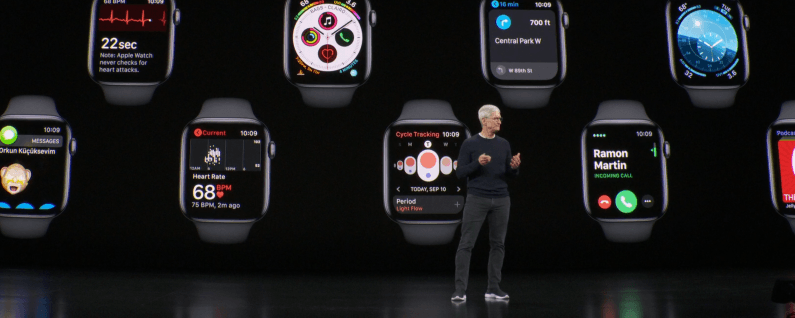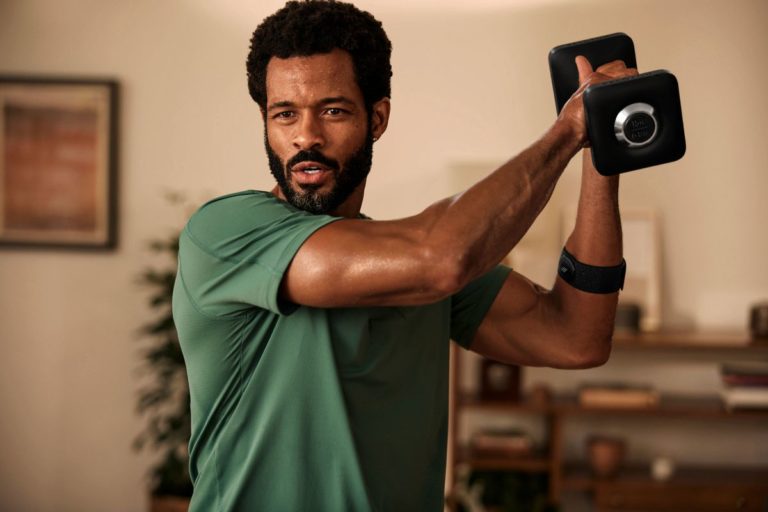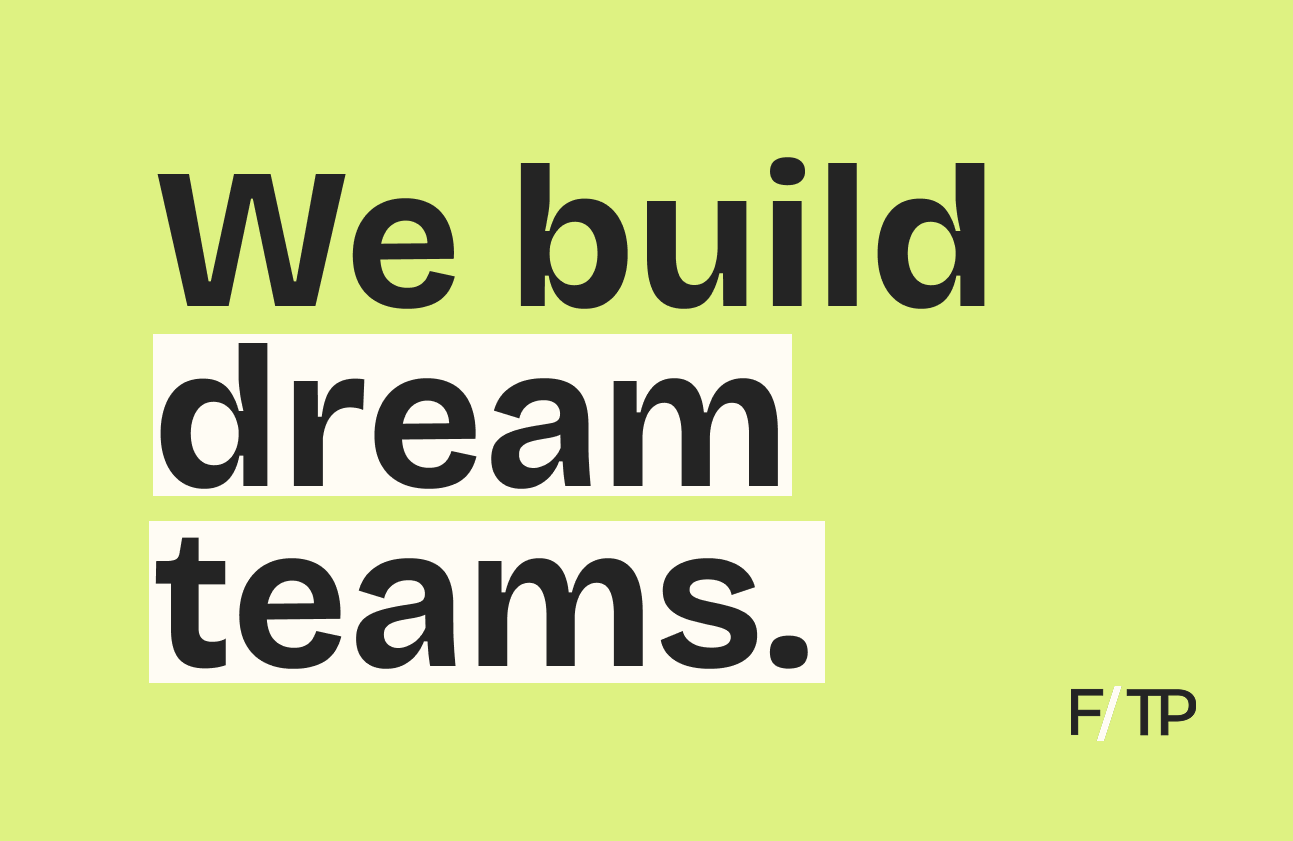Last month, word leaked that Apple is working on a secretive new fitness app. Today, we’ll explore this development in the context of Apple’s broader ambitions and the evolving fitness landscape.
What it is: In June, Apple is expected to unveil iOS 14. Ahead of its launch, leaked code uncovered a new fitness app codenamed “Seymour”. When released, the app could be called “Fit” or “Fitness”.
How it works: Users download instructional videos for strength training, running, yoga, and more. The videos and workout routines sync with the Apple Watch, which would provide guidance and track the session.
Why it matters: For most fitness providers, the content—whether it’s text, audio, or video—is the product.
For Apple, a hardware company at heart, free fitness content might help sell more devices. But that’s just the beginning. Going beyond content, Apple Fit could lay the foundation for a subscription-based health and fitness bundle.
The big picture: From exercise and nutrition to sleep and mental health, fitness has become the front door to personalized healthcare. And Apple is well-positioned to seize this opportunity.
Hardware & Services
Before addressing Apple Fit specifically, it’s helpful to review some of the underlying mechanisms at play.
By the numbers:
- There are 1.5B active Apple devices.
- Apple reported $91.8B in Q1 2020 revenue.
- Apple’s services business was up 17% YoY to $12.7B.
Apple makes the majority of its revenue by selling hardware. Beyond devices, Apple uses software, services, and content to differentiate its hardware. And most importantly, the company’s obsessive focus on perfecting the user experience earned it a loyal customer base at the high end of the market.
In effect, Apple builds incredible user experiences, which gains them loyal customers who collectively have massive market power, which Apple can then effectively wield to get its way – a way that involves maximizing the user experience. It’s a virtuous circle. – Ben Thompson, Stratechery [1]
More and more, Apple is extending integrations to scale its services business. In some instances, these services simply differentiate their hardware. But increasingly, as evidenced by the introduction of Apple Music, Apple News+, and Apple Arcade, integration is a path to subscription revenue.
If fitness content ends up being free, it will be a value-add for Apple customers. And it could also help sell more iPhones, Apple Watches, and AirPods. But, if Apple Fit is using the company’s existing integration playbook, this project is in its early stages.
… Apple often builds ‘Minimum Viable Products’ by releasing discrete components one by one, making sure that each works well on its own and has a sensible stand-alone use case, and ties them together into a larger whole later. – Benedict Evans, mobile and digital media analyst [2]
Leverage & Lock-ins
Take Apple Arcade, for instance. This premium gaming subscription lets users download and play more than 100 games for $4.99/month, with no ads or in-game upsells.
- As part of a $500M budget, Apple spent hundreds of millions of dollars on new games for Arcade.
- Analysts expect Apple Arcade revenues to outpace Apple News+ and Apple TV+.
Essentially, Apple decided to recruit the best developers to build the best games, then put them behind a paywall. And—because they control quality, distribution, and discovery—they can prioritize Arcade above standalone gaming apps in the App Store.
[Apple] always tries to control all the parts of the experience that matter, and over time it tends to bring more and more in house. — Benedict Evans [3]
Given that template, it’s not hard to imagine a world where Apple Fit partners with the best developers, brands, instructors, and celebrities—paying them upfront—to launch a paid fitness channel. Leveraging distribution and discovery, Apple then flips a switch to drive adoption: They’ll even sweeten the deal:
“Oh, by the way, we’ll throw in a free year of Apple Fit when you buy an Apple Watch.”
The Health & Fitness Bundle
Of course, Apple isn’t alone in its efforts. In fact, we’ve spoken to a few of the most innovative founders in connected health on the Fitt Insider podcast.
Rishi Mandal, CEO of Future, explained how his company connects users with expert-level fitness coaches. Mandal said Future plans to go beyond fitness to address nutrition, sleep, mental health, and more.
On Twitter, he addressed the Apple Fit rumors by pointing out Future’s upper hand:
No tech co wants to get in the mud to run a connected human-to-human service. No fitness co is capable of it.
Later, on a call with Fitt Insider’s Joe Vennare, Mandal elaborated, characterizing Future as the “unbiased, infrastructure of accountability across health and fitness”. From a cultural perspective, he believes, Apple is focused on the mass-market while Future is built around one-to-one relationships.
On the podcast, WHOOP CEO Will Ahmed talked about using data to unlock human potential. With a focus on sleep, recovery, and strain, WHOOP helps users understand their bodies and optimize performance.
And, although they’ve yet to appear on the podcast, we previously covered Cure.fit’s effort to bundle health and fitness. This India-based company has raised $400M to vertically integrate every aspect of preventative healthcare, from fitness to nutrition and mental health.
Escape the Competition
As PayPal and Palanti co-founder Peter Thiel has pointed out, the goal isn’t to beat the competition, it’s to escape them. So, if Apple were to push full-on into fitness, they’d do so with the intent of circumventing competitors entirely.
When you shift the entire route to market of an industry into a new platform with new dynamics, you can cause a lot of pain to incumbents even without doing anything to take them on directly. – Benedict Evans [4]
To that end, Apple Fit could become a fortress of content, personalization (enabled by Apple Watch and HealthKit), and even coaching (delivered via FaceTime, AirPods, and Apple TV) within its existing ecosystem — one that’s also making inroads into brick-and-mortar gyms and studios.
Health > Fitness
Perhaps the most interesting part about Apple Fit is that it’s not really about fitness, it’s about health.
According to Apple CEO Tim Cook, the company’s “greatest contribution to mankind” will be about health — about “democratizing” healthcare and empowering the “individual to manage their health”.
Seen through this broader lens, whether it’s Apple Fit, WHOOP, Future, or an unnamed challenger, the ultimate winners are disrupting fitness en route to transforming healthcare.




